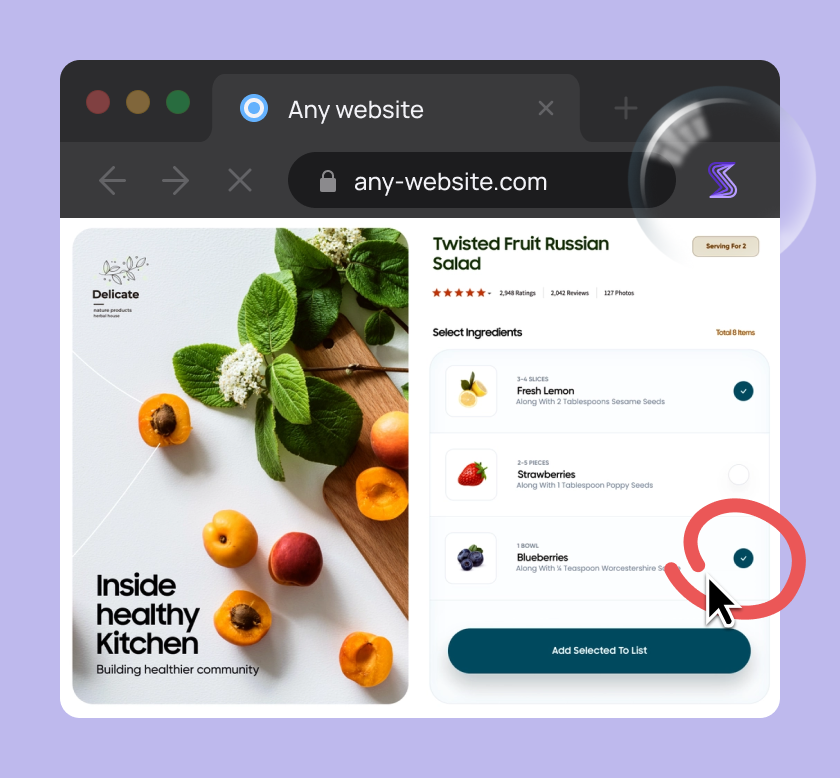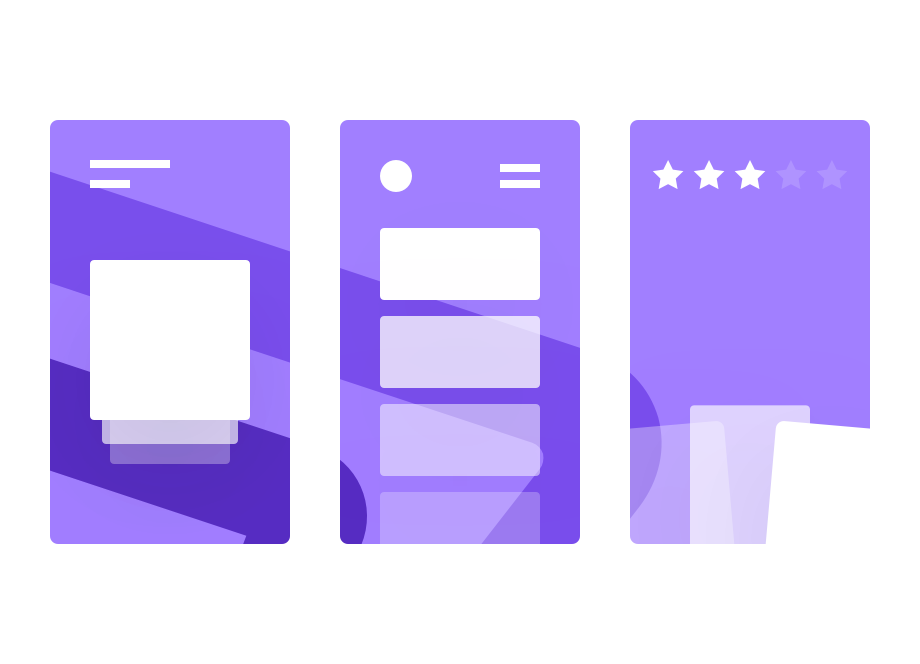
What is beta testing? Who performs it? Why do we even need it in the first place? These are the questions we’re going to answer in this blog in order to explain its importance as a phase in a software development process.
Table of Contents
Beta testing basics
Beta testing is the last stage of testing before releasing the app to 100% of your end-users. It usually comes right after alpha testing. Alpha testing is more focused on ensuring the quality of the product before moving to beta testing and uses black box and white box techniques.
Beta testing also concentrates on the quality of the product, however, mostly black box techniques are used in the process. It’s also oriented on gathering user feedback and ensuring the product is market-ready.

Get unreal data to fix real issues in your app & web.
Another thing that is being analyzed in beta testing is user behavior. The goal is to see if the tested app is being used as intended by the tester, or whether certain features, functionalities, or logic require some reconsideration.
All the gathered feedback is sent back to the developers who make final changes and ensure the product meets requirements and expectations before releasing it to the public.
Beta testing is a great chance to refine product positioning, marketing, and communication. All of these things can then be used to ensure the best possible product for the consumers.
Types of beta testing
There are different types of beta testing available in software development.
Traditional beta testing
The product is distributed to the target audience, related data is gathered in all aspects of the software and it is reported back to the developer for product improvements. These are then implemented if needed.
Public beta testing
The product is publicly released to the general public via online channels and data can be gathered from anyone. This way users can further promote your product by sharing info with other potential users and at the same time gather important feedback.
Technical beta testing
The product is released to the internal group of beta testers that are often employees of the company that is developing the product and gathers their feedback.
Focused beta
The product is released to the public for gathering feedback on specific features of the program. It can be any feature or functionality, the usual suspects being the ones that are essential to the product’s success.
Post-release beta
Product is released to the market and data is gathered to make improvements for the future versions of the product.
Objectives of beta testing
In the life cycle of any product, in any business, beta testing is an essential part of delivering a quality product to your customers. The reasons for doing it are different, but the objective is pretty much the same – to ensure the best product possible. Beta testing is no different, and like any other test there are objectives and reasons for conducting it.

Capture, Annotate & Share in Seconds with our Free Chrome Extension!
The points below show us the objectives that are good to keep in mind when planning a Beta test. It will help you understand its importance in a software development process.
Performance review
Beta testing will show what the developers did well, but also what they did wrong and the only way to get that feedback is when the end-user experiences the product. Users’ experience is often affected by other similar products that they use in their everyday life, so if you are developing a new product you will probably want to know your users’ habits.
Reaching a wider audience
Everyone has a role to play in beta testing. The marketing department keeps focusing on the users’ opinions on every feature, while developers keep an eye on the edge cases that are hard to catch in the previous test phases. Once your product reaches a wider audience, you’re bound to uncover new and hidden ways to use your product. In turn, it’s also a great way to discover product ideas.
Discovering new use-case scenarios
Using as many devices as possible from a different range of real-world platforms can further ensure the compatibility of your product with your target audience. Combining devices with different operating systems, browsers, or any other platform will help you to effectively test out your product.
Catching edge-cases
Having the users’ best interest in mind, QA teams try to cover everything in the internal tests, but that’s not always a realistic expectation. The reason being that sometimes the range of platforms is simply too great, and that is where beta testing becomes a valuable tool in the fight against bugs. It’s also one of the essential tools for future development.
Solving platform-specific issues
Development platforms differ, and some may cause you more trouble than others. Beta testing is a great way to make sure any issues you find are solved and that the products work as expected on all the different platforms you’re using.
Adjusting release criteria
The product management team often accepts some known issues to be released with the product, but their assessment must be on point so they don’t lose users. If these requirements are not met, the beta test will tell you that and you can easily recover from it with little or no damage to the further development of your product. This is especially useful if you’re beta testing an app.
Spreading product awareness
One of the potential objectives that could be particularly interesting to the developers of new products are invitations to try out the beta. These are sent exclusively to influencers that could make the public aware that your product is being published and share some positive feedback.
Creating a beta testing plan
You can write a beta test plan in many ways, based on its extent and how specific you want to test out certain features and functionality. Let’s explore some common items every plan has to have, along with entry and exit criteria.
“To tell somebody that they’re wrong is called criticism. To do so officially is called testing.”
Common items in a beta test plan
- Objective – Explain the objective of the project, why it is undergoing beta testing.
- Scope – Describe which areas are scheduled for testing and which are not. Mention any specific data to use for a particular feature (test credit cards, user credentials).
- Test approach – Clearly define which kind of tests you are going to perform, what to focus on. Mention the procedure to log bugs and if possible provide proof (screenshots/videos).
- Schedule – Specify the start and end dates, a number of cycles, and duration per cycle.
- Tools – Make a list of all bug logging tools and their usage.
- Budget – Define an incentive for finding & reporting bugs based on their severity.
- Feedback – Evaluate the way you collect feedback.
- Criteria – Review the entry and exit criteria.
Entry criteria for beta testing
- Alpha testing is signed off
- Beta version of the software is ready
- There’s a way to release your app to a portion of your end-users
- Public documentation and issue list is ready to be published
- A bug reporting tool has been integrated with the product
Exit criteria for beta testing
- All discovered issues in the beta testing phase have been fixed
- The beta test summary report has been delivered
- Beta testing is signed off
Advantages of beta testing
- Reduces product failure risk via customer validation and allows you to test post-launch infrastructure.
- Improves product quality via customer feedback.
- Cost-effective compared to similar data gathering methods.
- Creates goodwill with customers and increases customer satisfaction.
Challenges of beta testing
- No control over the testing process.
- Lack of qualified beta testers.
- Maintaining tester participation throughout the entire beta test.

Conclusion
Publishing an app to all your users without testing it is not a good idea, we can all agree on that. In the process of developing a new product, beta testing is a crucial part and can give you an edge over others.
Without beta testing, your product will most likely flop when it gets published. Keeping in mind all the facts and points mentioned above that can be easily avoided, but you have to get to know your product, and more importantly who are the people that will eventually use it.






